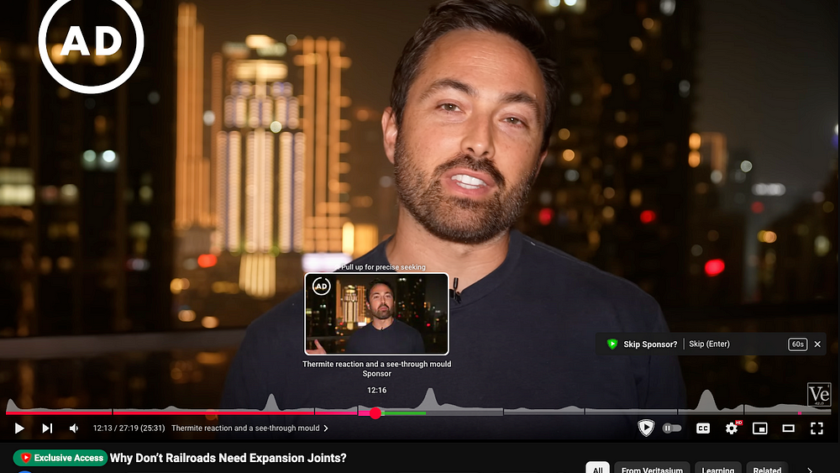Scientific publication
T. M. Lange, M. Gültas, A. O. Schmitt & F. Heinrich (2025). optRF: Optimising random forest stability by determining the optimal number of trees. BMC bioinformatics, 26(1), 95. Follow this LINK to the original publication.
Random Forest — A Powerful Tool for Anyone Working With Data
What is Random Forest?
Have you ever wished you…
With the amount of Data growing exponentially in the last few years, one of the biggest challenges has become finding the most optimal way to store various data flavors. Unlike in the (not so far) past, when relational databases were considered the only way to go, organizations now want to perform analysis over raw data…
Thank you for the kind response to Part 1, it’s been encouraging to see so many readers interested in time series forecasting.
In Part 1 of this series, we broke down time series data into trend, seasonality, and noise, discussed when to use additive versus multiplicative models, and built a Seasonal Naive baseline forecast using…
Why you should read this
As someone who did a Bachelors in Mathematics I was first introduced to L¹ and L² as a measure of Distance… now it seems to be a measure of error — where have we gone wrong? But jokes aside, there seems to be this misconception that L₁ and L₂ serve the same function — and…
This article is co-authored by Ugo Pradère and David Haüet
How hard can it be to transcribe an interview? You feed the audio to an AI model, wait a few minutes, and boom: perfect transcript, right? Well… not quite.
When it comes to accurately transcribe long audio interviews, even more when the spoken language is…
In this article, I present my latest open-source project — Government Funding Graph.
The inspiration for this project came from a desire to make better tooling for grant writing, namely to suggest research topics, funding bodies, research institutions, and researchers. I have made Innovate UK grant applications in the past, so I have had an interest in…
Deploying your Large Language Model (LLM) is not necessarily the final step in productionizing your Generative AI application. An often forgotten, yet crucial part of the MLOPs lifecycle is properly load testing your LLM and ensuring it is ready to withstand your expected production traffic. Load testing at a high level is the practice of…

This is the first in a multi-part series on creating web applications with Generative Ai integration.
Table of Contents
Introduction
The Virtues of the Application Layer
Thick Wrappers
The Return of Clippy
Getting Stuff Done While You Sleep
Introduction
The AI space is a vast and complicated landscape. Matt Turck famously does his Machine Learning, AI,…

Working with products, we might face a need to introduce some “rules”. Let me explain what I mean by “rules” in practical examples:
Imagine that we’re seeing a massive wave of fraud in our product, and we want to restrict onboarding for a particular segment of customers to lower this risk. For example, we found…

I’m definitely not the only person who feels that YouTube sponsor segments have become longer and more frequent recently. Sometimes, I watch videos that seem to be trying to sell me something every couple of seconds.
On one hand, it’s great that both small and medium-sized YouTubers are able to make a living from their…
